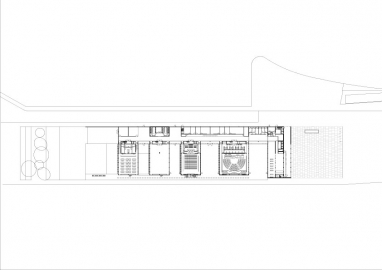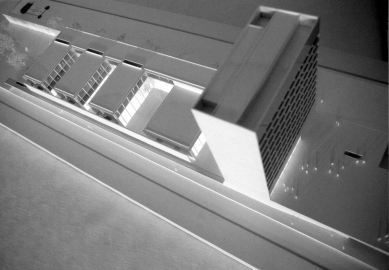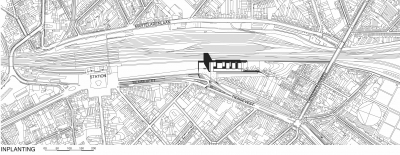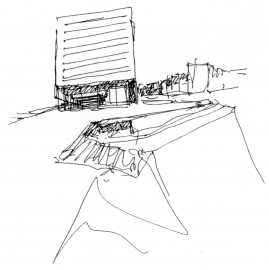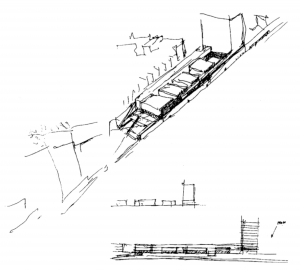Headquarters of Flemish-Brabant Government
Extending urban life into the workspace.
Along the train platform, an artificial valley, a new centrality was planned in the historical city limits. The Headquarters of the Flemish Brabant Government are a central piece in this plan. The main elevation, the tower elevation, marks the point where the Circular Boulevard touches the train platform valley exactly in the end of Justus Lipsius street.
In front of the tower a public square, clearly belonging to the building connects it with the city public space. The square is linked with the public ground floor of the building, some seven meters above the trains and extends to the garden on the other end of the building. Interior and exterior spaces are mixed by the introduction of courtyards, open to the train and linked to each other by means of the transparency that characterizes the interior spaces at this level.
The limits between public and private space are blurred, creating a hybrid condition, more complex, that characterizes the habitable space inside and outside the building. The ground floor is conceived as an urban anonymous landscape, where transparency and opacity will be an ever changing background, responsive to light and use conditions, that interacts with the intimate courtyard environment. A space where people encounter each other in an always different background, a continuous mineral ground, the natural landscape of the courtyards with dens foliage, the abstract movement of the trains, or just the sky variation.
Transparency was not an obsession in this building. The ambition was the creation of an environment where people could chose their own way to relate with others, their own environment, hence the more introspect and reflexive isolation versus vast and profound panoramas. A work space is above all a place for different ways, preferences and attitudes. If these conditions are not satisfied, a flexible space, obtained by rather complex technological means, becomes highly questionable.
The tower sits within two distinct urban compositions: it creates a clear framing for the more recent linear development starting at the railway station and along the tracks; at the same time it corrects the incomplete building block that was mutilated before digging the former railway tracks. Hence it does not really belong to either one of them, but rather creates a legible new figure: the visible icon of a much bigger program that sits under and behind the public realm. A modest monumentality.
The location itself, accessibility and a long term flexibility through modularity are its basic sustainable features.

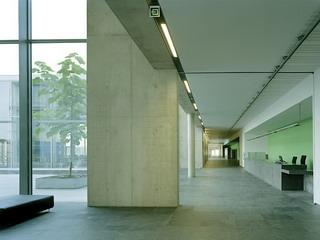
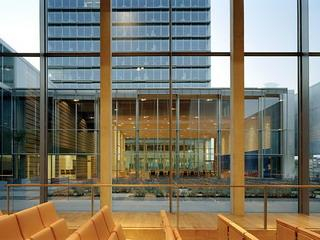
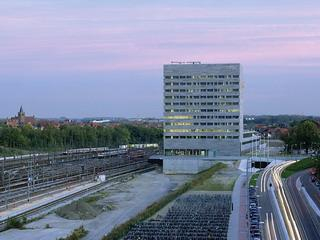
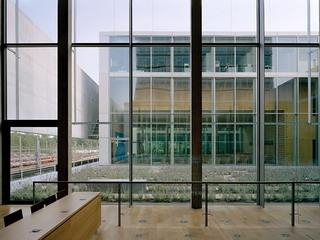
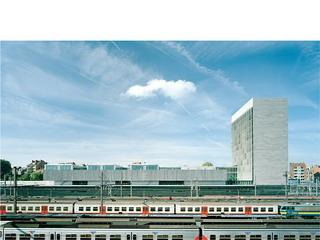
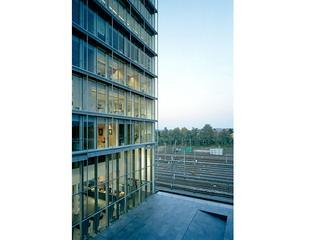
.jpg)
.jpg)
